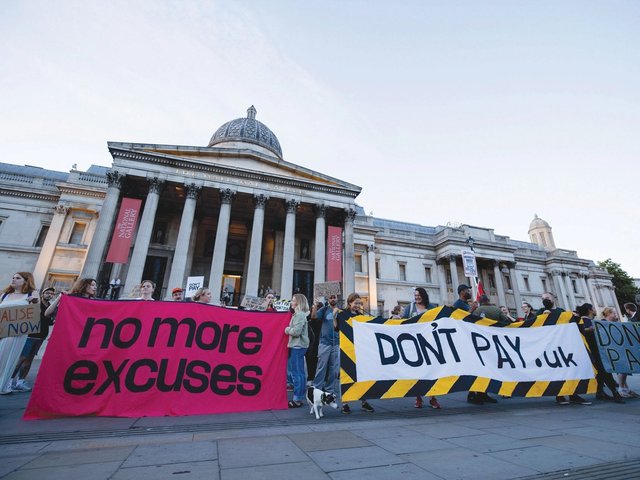Earlier this year, museum directors across the country were focused on steadily reconnecting with their communities in the aftermath of Covid-19. Few of us imagined that another storm was brewing—one that could prove even more damaging to the British museum community than the global pandemic.
A trickle of concern has turned into floods of despair. Museum directors are desperately searching for solutions to the energy price hike that has seen some forecasted bills jump by up to 500%.
Many museums are housed in historic buildings that are not energy efficient. They are costly to run, heat and maintain. A lack of investment over decades has meant our museums are fraying; leaky roofs, poor insulation, antiquated plumbing, dodgy electrics, poor ventilation and rising damp.
In England, the government’s Museum Estate and Development Fund has helped to address some of these challenges, but it is a drop in the ocean. The fund is massively over-subscribed and many museums have missed out.
Museums have a duty to ensure their collections remain safe and are preserved properly. Collections need to be displayed and stored at the correct temperature and humidity to keep them stable. That means, in most museums, energy is used around the clock. The meter is ticking, all day, every day.
Over the past decade, the UK government has encouraged museums to become more entrepreneurial, to court donors and philanthropists and to increase earned income at every opportunity. And they have done that. But, if Covid-19 proved anything, it was that public funding is essential to sustaining our public collections.
The furlough scheme and the Culture Recovery Fund were instrumental in ensuring the survival of museums across the UK during the Covid-19 crisis; without them many museums would have closed their doors to the public permanently.
We welcome the six-month energy price cap for businesses and charities that Prime Minister Liz Truss announced last month. The package will help museums in the short term to get through the winter period. But it is only a temporary fix and will not address the systemic underfunding of the sector over the past decade.
In 2021, the Museums Association commissioned new research that looked at local authority investment in museums after a decade of austerity. The startling headline from that report was that, between 2010 and 2020, local authority spending on museums and galleries declined by 27% in real terms.
We need a long-term plan from the government. We need investment that will support museums to become more energy efficient and environmentally friendly, so we can reduce our carbon footprint and create sustainable futures for our organisations and our communities. We need strategic investment that directly addresses and begins to counteract the issues created by the chronic underfunding of the past ten years.
Many museums up and down the UK have pledged to act as warm, safe spaces for everyone in their community over the winter. Museums are ideal places to provide this service; they are free or low cost and have the facilities and amenities that the public need. And of course, they have amazing collections, stories and exhibitions that can keep people entertained and engaged for hours. To do this we need support and investment—now, and in the future.






